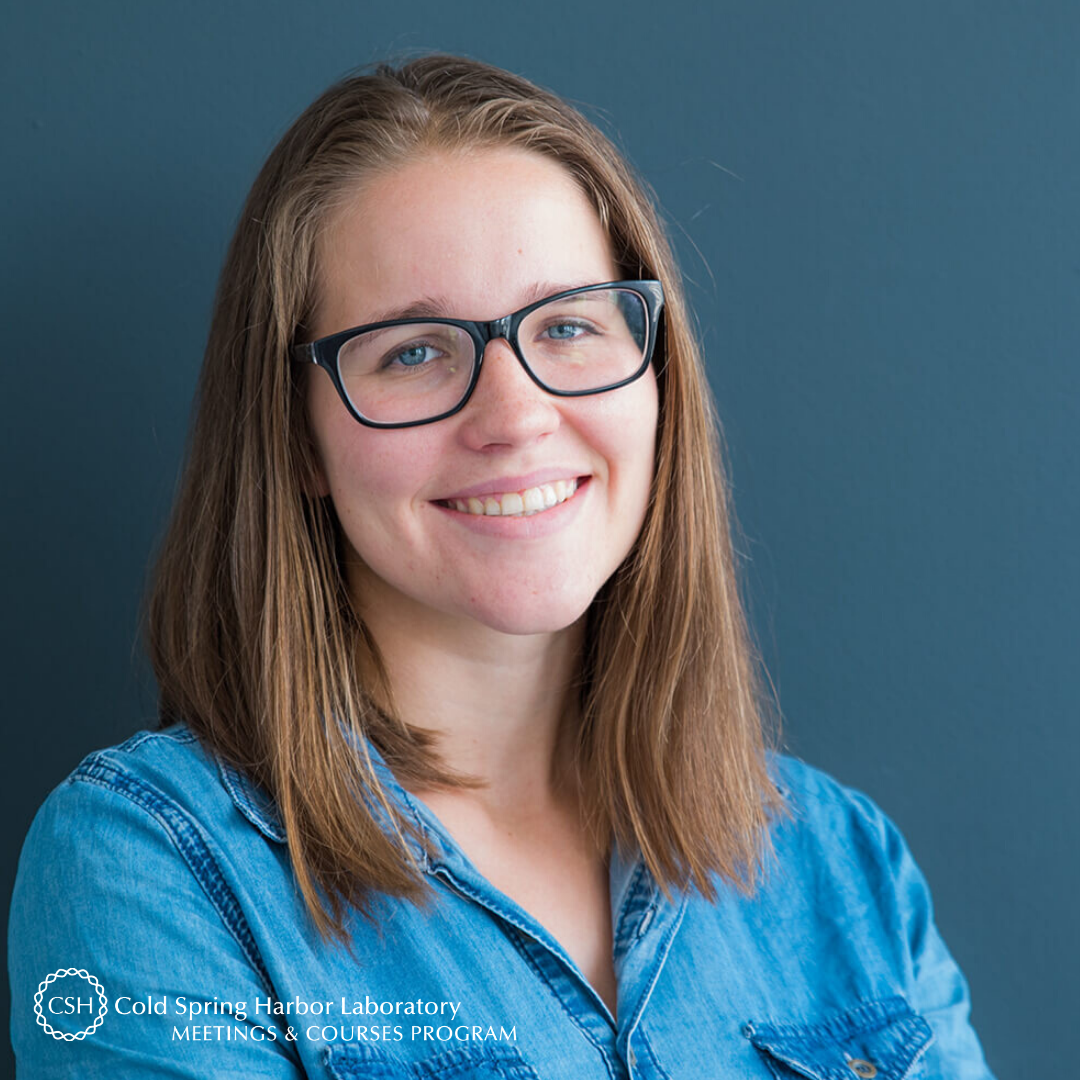Meet Fatemeh Sadat Fatemi Nasrollahi of the Pennsylvania State University! The PhD candidate is a member of Professor Réka Albert’s lab, who – this week – took part in her very first CSHL meeting: Network Biology. Fatemeh presented a poster titled “New attractor finding method based on generalized positive feedback loops and their functional relationships” and had this to say of her poster presentation experience:
This was my first time presenting a poster, and I had a wonderful experience. Several researchers were interested in my work, asked questions and we discussed the possible implications of my recent results. More importantly, these discussions helped me find new directions for further research in the future.
Tell us about your research.
As part of my research I study complex systems and their long-term behaviors using Boolean models. In particular, my research is focused on the development of a new method to identify stable communities to which large ecological systems such as plant-pollinator networks converge.
How did you decide to focus on this area/project?
Computational limitations restrict identifying all long-term behaviors in large networks. The concept of stable motif (a self-sustaining positive feedback loop) has been implemented to simplify this task in Boolean models in our group for a while. I was interested in adapting this concept in plant-pollinator networks (with network size of 10-100) and developing a fast method accordingly to identify the stable communities in plant-pollinator networks.
What and/or who is the inspiration behind your scientific journey?
I have been privileged to have had great instructors during my undergraduate and graduate studies. One of the most impactful courses I had was a course in biophysics, taught by Professor Seyed-reyhani from my undergraduate school, Sharif University of Technology (Iran). That course inspired me to learn more about biophysics, and find a research topic I was extremely enthusiastic about.
What impact do you hope to make through your work?
I think network science has so much potential to reveal the underlying cellular mechanisms leading to specific cell phenotypes and diseases. My plan is to work with other scientists in this field and use my network science knowledge to further understand the cellular dynamics. This knowledge may hopefully be utilized to solve important problems in biology and medicine.
What do you love most about being a researcher?
Tackling new problems, and learning to ask myself the right questions when facing a new scientific challenge have been my favorite parts of doing research over the past several years.
What drew you to attend this meeting?
I remembered that other graduate students in my lab had great experiences with CSHL meetings, and they described the meeting as being relevant to our research. So, I decided to submit an abstract and participate in the Network Biology meeting.
What is your key takeaway from the Meeting; and how do you plan to apply it to your work?
The Network Biology meeting offers a great atmosphere for scientists in the field to learn about each other’s research, and hold productive discussions. I learned about computational methods in network biology that are being used to obtain better understanding of diseases and cell phenotypes. Some of these methods are relevant to my research and I am excited to learn more about them and possibly use them in my future projects. Also, scientific conversations with other researchers helped me see my work from their perspective. This meeting helped me realize that such meetings are an invaluable opportunity for graduate students like myself to present their research and interact with pioneering scientists in the field.
What feedback or advice would you share with someone considering to participate in this meeting?
The content of this meeting is especially relevant to scientists whose focus is the specific application of network science to cell biology. I believe it helps broaden their perspective and introduces them to new research problems in this area. I would also advise them to actively pursue scientific conversations to gain the unique experience of interacting with scientists who are eager to not only present their own work but to also learn more about your research and provide useful comments.
What’s the most memorable thing that happened during the Meeting?
I think the most memorable thing about this meeting was its virtual setting amid the COVID-19 pandemic. While it seems the majority of the scientific community prefer in-person interactions during conferences, a significant takeaway from the meeting for me was that I was still able to present my results and get to know other people’s research through a virtual setting.
Image provided by Fatemeh Sadat Fatemi Nasrollahi.
Thank you to Fatemeh for being this week's featured visitor. To meet other featured researchers - and discover the wide range of science that takes part in a CSHL meeting or course - go here.



















